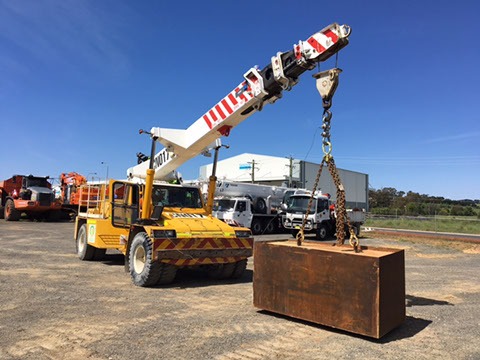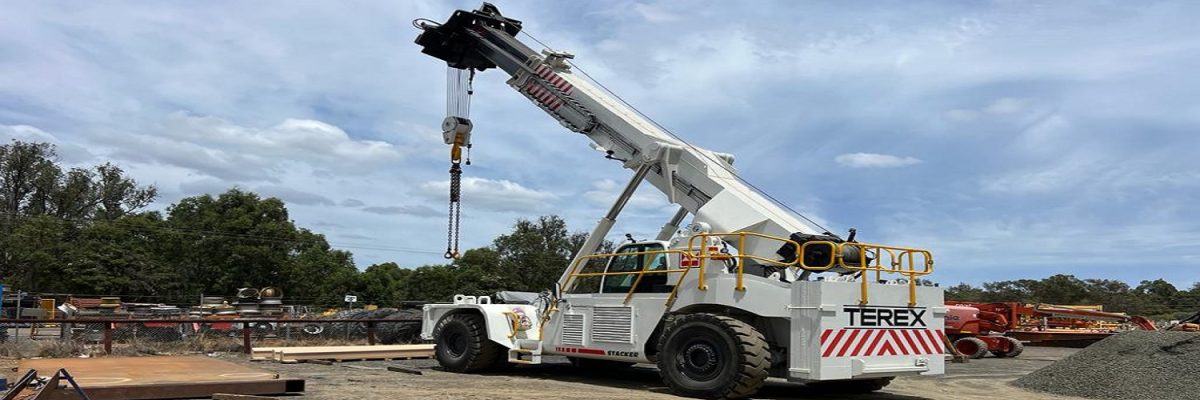Telehandlers, also known as telescopic handlers, are versatile lifting machines essential in construction, agriculture, and industrial sectors. Ensuring their optimal performance and safety is paramount, and this is where telehandler inspection certification plays a crucial role. Cossack Inspection, a leader in Non-Destructive Testing (NDT) services, offers a comprehensive telehandler inspection certification program that guarantees the safety and efficiency of these vital machines.
The Importance of Telehandler Inspections
Telehandlers are used for lifting and transporting heavy loads, often in challenging environments. Regular inspections and certifications are necessary to:
Ensure Safety: Prevent accidents caused by mechanical failures.
Maintain Efficiency: Keep the machine in peak operational condition.
Compliance: Meet regulatory requirements and industry standards.
Extend Lifespan: Prolong the life of the equipment through early detection of potential issues.
Cossack Inspection’s Certification Process
Cossack Inspection follows a meticulous and systematic approach to telehandler inspection certification, adhering to international standards and best practices. The certification process includes:
Initial Assessment
Visual Inspection: Check for obvious signs of wear and tear, structural damage, and any visible defects.
Documentation Review: Verify maintenance records, previous inspection reports, and compliance with manufacturer’s guidelines.
Detailed Mechanical and Functional Testing
Hydraulic System Check: Assess the condition of the hydraulic components, including hoses, pumps, and cylinders, for leaks, pressure issues, and operational efficiency.
Engine Performance: Evaluate the engine’s performance, looking for any irregularities in operation, fuel efficiency, and exhaust emissions.
Transmission and Brakes: Test the transmission for smooth gear changes and the brakes for reliability and responsiveness.
Load Handling and Stability: Conduct load tests to ensure the telehandler can handle its maximum rated capacity safely and remains stable under different operating conditions.
Non-Destructive Testing (NDT)
Ultrasonic Testing: Detect internal flaws in critical components like booms and chassis that are not visible to the naked eye.
Magnetic Particle Inspection: Identify surface and near-surface defects in ferromagnetic materials.
Radiographic Testing: Use X-rays to examine the integrity of welds and other crucial structural elements.
Electrical System Evaluation
Battery and Charging System: Inspect the battery’s condition, connections, and the overall charging system.
Control Panel and Safety Devices: Ensure that all controls, indicators, and safety devices are functioning correctly.
Final Certification
Detailed Report: Provide a comprehensive report detailing the inspection findings, including any detected issues and recommended corrective actions.
Certification Issuance: Upon successful completion of the inspection and any necessary repairs, a certification is issued, confirming that the telehandler meets all safety and operational standards.
Benefits of Choosing Cossack Inspection
Cossack Inspection stands out due to its commitment to quality and customer satisfaction. Clients benefit from:
Expertise and Experience: A team of certified professionals with extensive experience in telehandler inspections.
State-of-the-Art Technology: Utilization of advanced NDT techniques and equipment.
Comprehensive Service: From initial assessment to final certification, Cossack Inspection provides a thorough and detailed process.
Regulatory Compliance: Ensuring that your telehandler complies with all relevant regulations and industry standards.
Conclusion
Telehandler inspection certification is not just a regulatory requirement but a critical aspect of maintaining safety, efficiency, and longevity of the equipment. Cossack Inspection’s comprehensive and meticulous certification process ensures that telehandlers operate at their best, providing peace of mind to operators and owners. By choosing Cossack Inspection, you are investing in the reliability and safety of your essential machinery, ensuring smooth and safe operations on every project.


